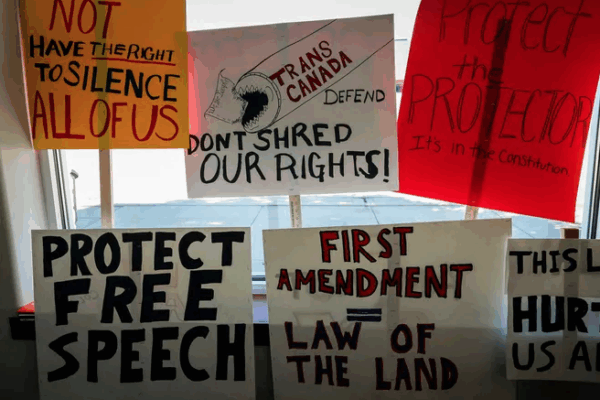This week as we approach the Thanksgiving holiday, we want to challenge our listeners to acknowledge and honor the day as a National Day of Mourning for indigenous people. The truth of this holiday isn’t that white people from Europe and the Wampanoag people in Plymouth, Massachusetts sat down to eat a nice meal together, celebrating a fall harvest. The true story of Thanksgiving is one of brutal genocide, theft of land, and the beginning of a relentless assault on native people and culture. This is a hard truth, but it is one we must acknowledge in order to reconcile our past and do better in the future. As we gather with family and friends, we encourage you to bring this conversation to bear.
Today we’re running a conversation from our archive featuring indigenous artist and educator Josué Rivas in conversation with Molly Kaplan, one of At Liberty’s old hosts. Josué is a visual storyteller, educator, creative director, and self-described “Indigenous futurist.” He descended from the Mexica Otomi peoples. He aims to challenge the “mainstream narrative about Indigenous peoples,” and to “be a visual messenger for those in the shadows of our society.” His work has appeared in The Guardian, The New York Times, and National Geographic — to name a few publications. He is also the founder of the 2018 Standing Strong Project, a tribute to the Water Protectors at Standing Rock, North Dakota, and co-founder of Natives Photograph, a database for photo editors looking to hire indigenous photographers in North America.

